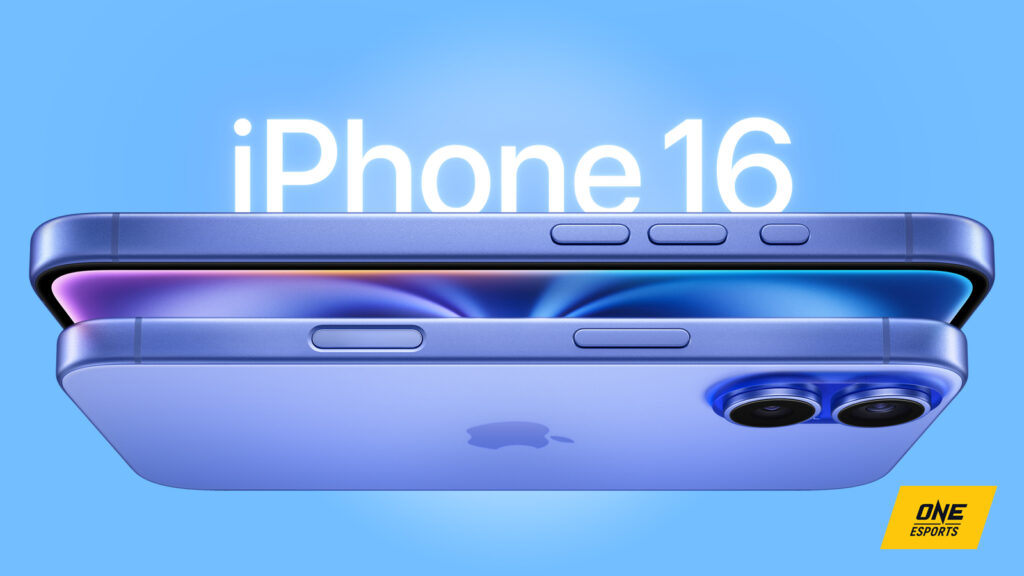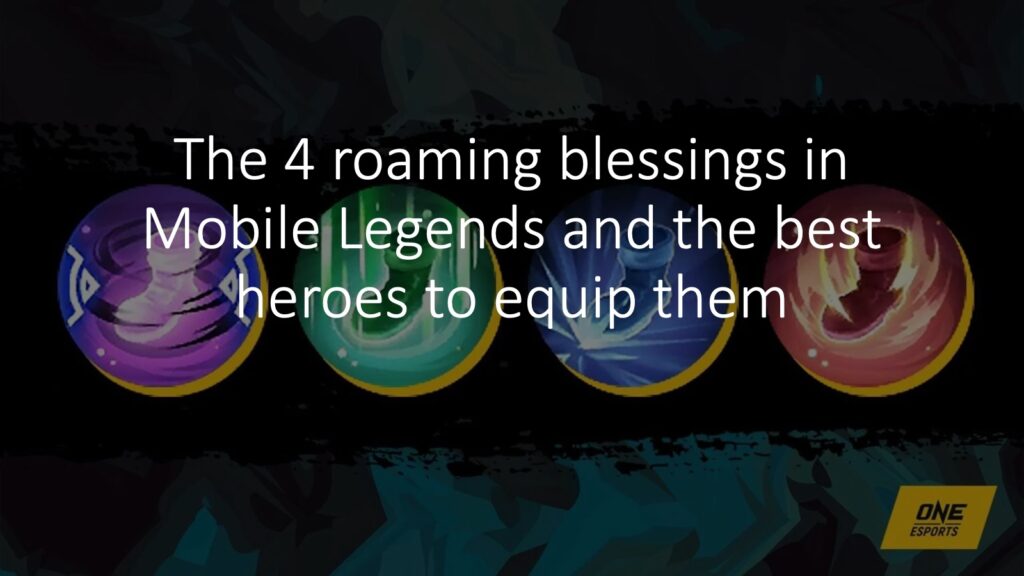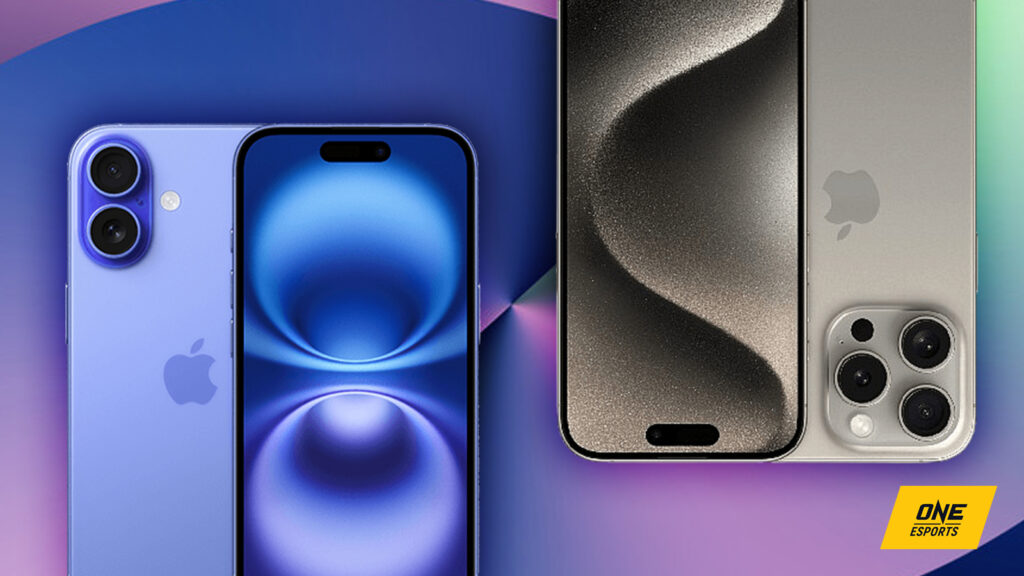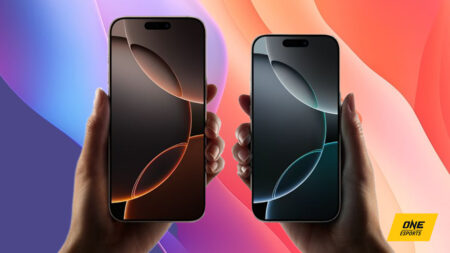Apple recently unveiled its new lineup of iPhones, namely the 16 and 16 Pro, which brings significant improvements compared to its predecessor. However, this trend has been somewhat underwhelming to enthusiasts globally.
The iPhone 16 and 16 Pro have all the latest generation technology packed into one single unit. Apple is mainly highlighting the camera and some hardware improvements, but is it worth it?
iPhone 16 upgrade guide
Yes, iPhone 16 and 16 Pro models are upgraded in all sorts of ways. But, whether you should upgrade or not, depends on your usage altogether.
What is new with iPhone 16 and 16 Pro?

Like every yearly release from Apple, the iPhone 16 and 16 Pro are powered with a new generation processor alongside an upgrade to the camera system.
However, this time around the upgrades are relatively minor if compared to the iPhone 15 and 15 Pro. So, it is not really recommended that you vouch for an upgrade for this year’s release.
If you are the type of user who focuses on the overall performance and smoothness of the device, you shouldn’t consider upgrading.
Although the performance upgrades of the iPhone 16 and 16 Pro are negligible, the camera advancement doesn’t follow the same story.

This around Apple has upgraded the ultra-wide sensor with a 48 Mega-Pixel for their iPhone 16 Pro. The iPhone 16 doesn’t get the same upgrade treatment with it comes to the camera.
So, for people who like to use their phones primarily as their photo-shooting devices, upgrading to iPhone 16 Pro is recommended. Still, the software upgrade to the camera system makes both phones great for photography.
Another thing that has to be mentioned, is the addition of hardware camera control on the side of both iPhone 16 and 16 Pro. Apple considers the feature to be an easier method for capture, but it truly depends on the user in the end.
There is also a subtle change to MagSafe on both iPhone 16 and 16 Pro. The newer generation devices now support 25 Watt wireless charging which earlier was 15 Watt.
Is the iPhone 16 worth it? Is the iPhone 16 Pro worth it?

Pricing: Is it too expensive?
If it was five ago, pricing always stood out for iPhones as they were considered very expensive. In 2024, that isn’t the case anymore as many Android devices are as expensive as an iPhone.
It is only a matter of preference, whether people favor one platform over the other. Moreover, Android phones have come a long way when it comes to software and cameras as well.
Let’s take the Samsung S24 Ultra as an example, the phone is at par with Apple when cameras are compared. Furthermore, the Android platform has become a lot more sophisticated in the software department as well.
There are times when iPhones take the throne but there are also cases where Android devices outperform Apple. So, it is useless to compare Android and iOS devices nowadays.
Yes, iPhones are still expensive, but you get a great experience in return for paying the premium. Furthermore, you can get great exchange value in the future, if you consider an upgrade.
iPhone 16 features: What to consider technically speaking?
If you’re willing to switch from Android to Apple, just consider the software experience to be the main hurdle. The iOS 18 makes Apple a bit more similar to Androids, which makes switching easy.

But again, if you’re willing to stick to the Android ecosystem, consider Samsung S24 and S24 Ultra as the best. These phones are at par with the latest iPhone when it comes to camera and software performance.
The Google Pixel 9 Pro is also a great alternative if you’re mostly considering camera performance. Software-wise, Google tends to stick with stock Android which has a few features less than Samsung’s One UI.
For Apple users who are used to the ecosystem, only switch to the newer iPhone if you believe the upgrade is considerable.
The only things that make both iPhone 16 and 16 Pro are the camera upgrades, everything else is mostly the same as last year.
If you have an iPhone 14 or older model, upgrading to iPhone 15 is beneficial too. After the release of the latest models, the phone has gotten cheaper which makes it a bargain.
You can buy the iPhone 16 if you want to have the latest and greatest. But if asked to choose between iPhone 15 Pro and 16 Pro, it is best to consider the latter.
READ MORE: Samsung vs iPhone AI features compared: Find out who comes out on top?


